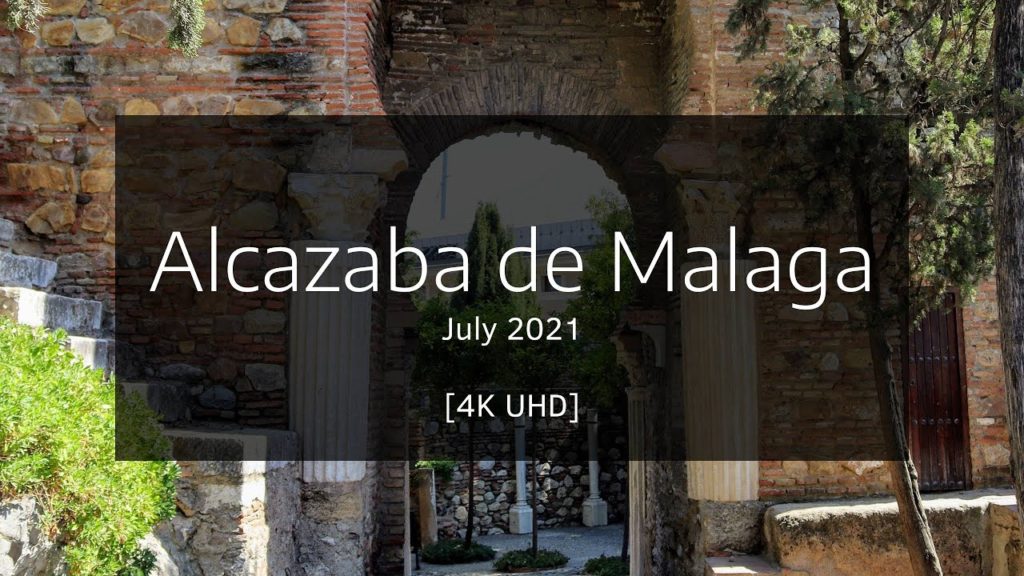The “Alcazaba de Malaga Spain 2021 walking tour 4K HDR” was recorded in 4K HDR quality in July of 2021.
This fortress palace whose name in Arabic means citadel is one of the historical monuments of the city, a very visited space for combining history and beauty in the same place.
From the Muslim period, it is located at the foot of Mount Gibralfaro where the Arab defensive castle is to which it was linked by a corridor protected by walls called La Coracha; next to the Roman Theater and in front of the Customs building, it is an opportunity to see in just a few meters the union of Roman, Arab and Renaissance cultures, which makes this corner a very special place.
Built between 1057 and 1063 according to Muslim historians at the request of the Berber Taifa king of Granada, Badis. In its construction, hauling materials were used and pieces from the Roman theater annex were reused, such as columns and capitals.
Later the Almoravids arrived in Malaga in 1092 and the Almohads in 1146. In 1279 Muhammad II Ben al-Ahmar conquered it and passed to the Nazarite kingdom. The reform of it gives it a deep impression as a Nasrid building built on the rock. It combines the defense needs and the beauty of an Arab palace organized on the basis of rectangular courtyards and bays around it with its gardens and ponds. Its rooms that, in the tradition of Granada architecture, seek in the interiors the alternation of lights and shadows to achieve those games that the Arab builders dominate so well.
Its military component makes it one of the most important Muslim works preserved in Spain. With matacanas, albarranas towers with loopholes and crenellated walls as defensive elements, however, its best defense was in its situation, dominating the city and the bay from its balconies.
Around it there was a neighborhood, now completely disappeared, which even had its system to evacuate the sewage, and with latrines in almost all the houses, which proves the high level of civilization that existed at that time.
It had successive reconstructions, some even in the 20th century, and is currently open to visitors with important archaeological exhibits on display. In the first excavations for its restoration, there were remains of Roman concrete walls covered with reddish stucco and small pools dug out of slate, destined to the preparation of Garum (fish paste made by the Romans) and a dungeon where they locked up during the night Christian captives who worked during the day.
#malaga #walking #spain


AloJapan.com